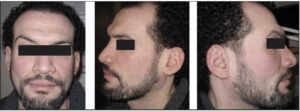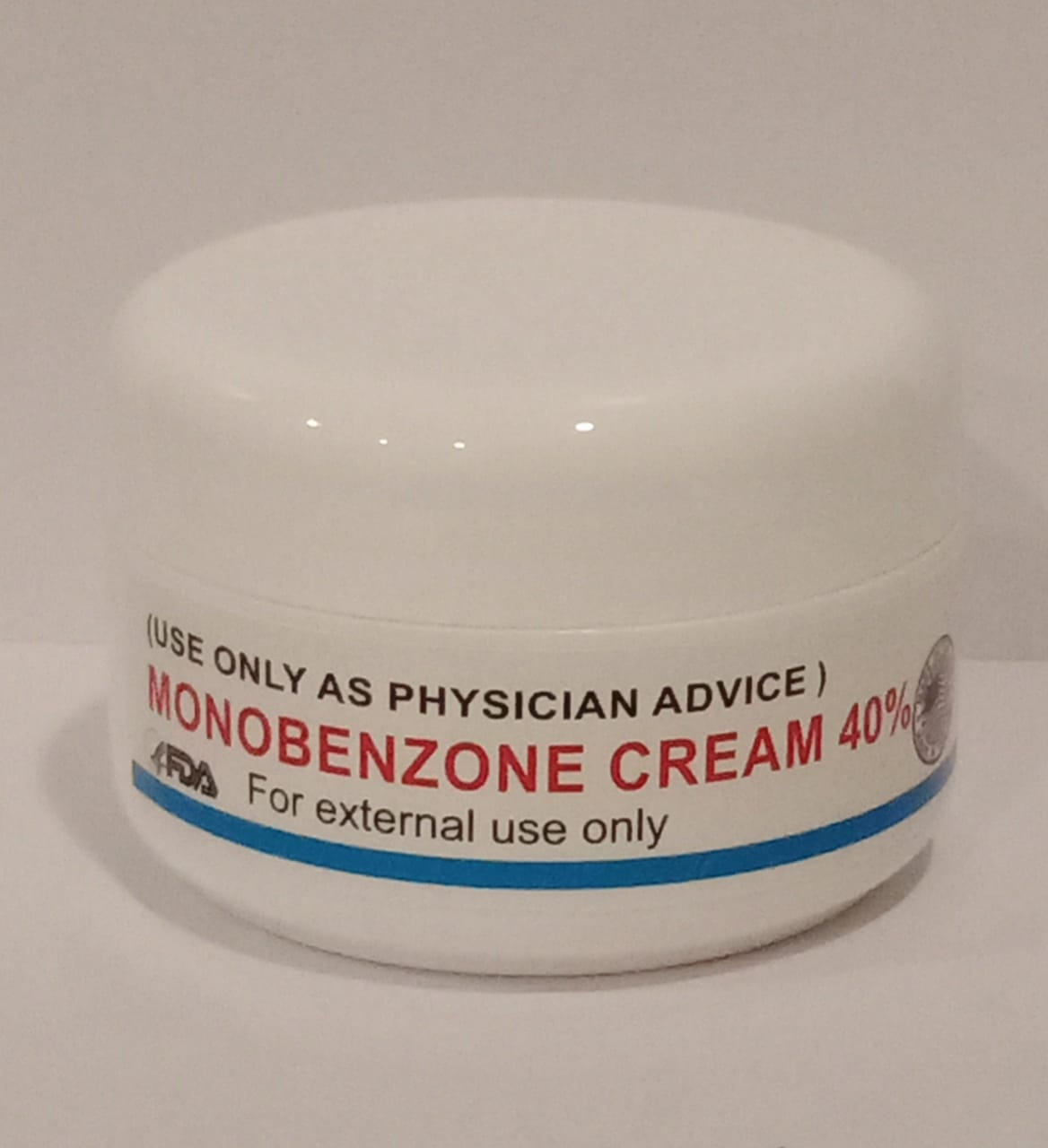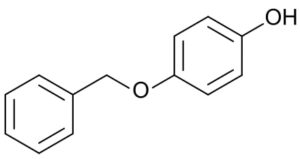Monobenzone 40% Cream For Vitiligo Treatment
Monobenzone is also known 4-(Benzyloxy)phenol and monobenzyl ether of hydroquinone (MBEH). MBEH is an organic chemical in the phenol family with chemical formula C6H5CH2OC6H4OH. It is a topical drug for depigmentation vitiligo treatment. MBEH may cause destruction of melanocytes leads to permanent depigmentation.
Different Names of Monobenzone:
- MBEH
- Benoquin
- Benoquik
Ingredients: Each 10 gram of Monobenzone 40% cream contains 4 gram Monobenzone.
Recent research on Monobenzone:
Monobenzone is a depigmenting agent with unknown mechanism of action. MBEH increases the excretion of melanin from the melanocytes. This process may take one to four months. With stratum corneum’s peel off, available melanin is also lost. Dark skin fade more rapidly than does normal skin.Depigmentation with it is similar to vitiligo depigmentaion.
Monobenzone is the monobenzyl ether of hydroquinone. It stop melanin production. It works by permanently removing color from normal skin located around skin with vitiligo.
How Monobenzone 40% Cream works?
Monobenzone 40% cream also know as Benoquin or Benoquik 40% Cream (monobenzyl ether of hydroquinone) that causes destruction of remaining melanocytes. Monobenzone reduces the tyrosine enzyme thus the production of melanin. As the amount of melanin produced decreases the areas of normal skin slowly lighten to match the white patches and thus forms uniform white skin.
Although the exact mechanism of action of depigmentation is unknown, the metabolites of monobenzone appear to have a cytotoxic effect on melanocytes.MBEH stops production of tyrosinase. Tyrosinase is required in the production of melanin. So MBEH causing permanent depigmentation of the skin.
BEFORE

AFTER

How to Use it?
Apply thin layer on dark skin that you want to whiten. Rub in gently and avoid contact with eyes and inside the nose or mouth.
What are the side effects of monobenzone 40% Cream?
The most commonly reported side effects when taking 40% Cream include: sensitivity to sun light and UV rays, mild skin irritation, itching and redness at the site of application.
Monobenzone effects on vitligo
Benoquin 40% cream contains MBEH a chemical to treat vitiligo, a skin condition in which skin lose colour and become white, due to destruction of the pigment producing cells called melanocytes. MBEH stops tyrosine enzyme that is involved in the production of melanin.
Melanin is the pigment that gives colour to the skin. As the amount of melanin produced lessens, the areas of normal skin slowly lighten to match the patches of vitiliginous paler skin. Decolouration of the skin using Benoquin cream is permanent and makes the skin sensitive to sunburn.
CLINICAL PHARMACOLOGY:
The topical application of MBEH in animals, increases the release of melanin from the melanocytes. The same action is thought to be responsible in human for the depigmenting effect of the drug . MBEH may cause destruction of melanocytes and permanent depigmentation.
Within 4-6 months available melanin is lost with normal peeling off of the stratum corneum. Hyperpigmented skin appears to fade more rapidly than does normal skin. Exposure to sun light reduces the depigmenting effect of the drug. The skin after depigmentation with topical MBEH is the same as that seen in vitiligo.
INDICATIONS AND USAGE:
Monobenzone Cream 40% is used for final depigmentation in extensive Vitiligo. Benoquin Cream 40% is applied to patient with more than 50% affected area (greater than 50 percent of body surface area) idiopathic vitiligo. Benoquin Cream 40% is not advised in freckling and photosensitization following hyperpigmentation.
CONTRAINDICATIONS:
MBEH Cream 40% is potent depigmenting agent and is not a cosmetic skin bleach. It is only for disseminated vitiligo. Benoquin Cream 40% frequently produces permanent depigmentation so it not a like hydroquinone.
WARNINGS:
Monobenzone Cream 40% is not a mild bleach but a potent depigmenting agent, Use it only for final depigmentation in extensive vitiligo

